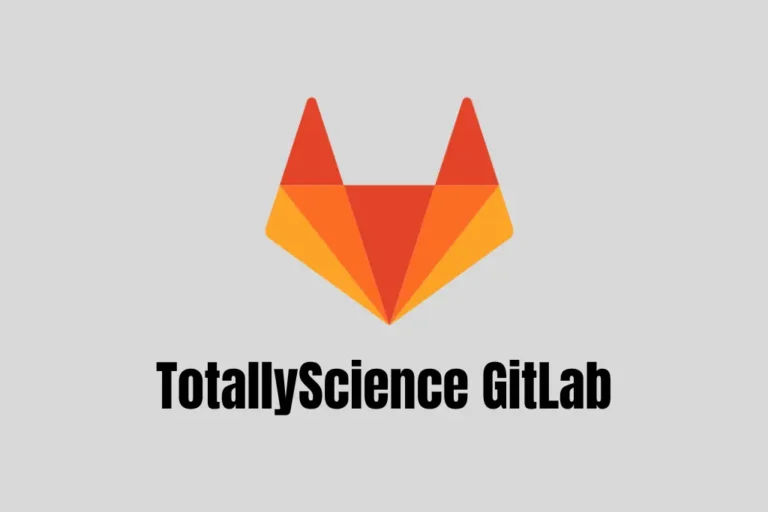The Future of Insider Risk Management in SaaS: Emerging Technologies and Trends
The increasing adoption of Software as a Service (SaaS) has opened up new possibilities for organizations to streamline operations and enhance productivity. However, this technology also comes with its own set of risks, including insider threats.
Insider threats refer to security risks from individuals within an organization, such as employees, contractors, and partners, who have authorized access to sensitive data and systems.
As SaaS becomes more prevalent, managing insider risk becomes even more complex. To address this challenge, organizations are turning to emerging technologies and trends in insider risk management, including AI monitoring solutions.
What is Insider Risk?
insider risk, also known as insider threat, refers to the potential harm or damage caused to an organization’s information, assets, or reputation by its employees, contractors, or partners.
Insider risk can arise from intentional or unintentional actions by insiders, such as theft, sabotage, fraud, data breaches, or mistakes, compromising the confidentiality, integrity, or availability of sensitive information or resources. insider risk can be a significant challenge for organizations.
Insiders often have legitimate access to critical systems and data. They may be challenging to detect and prevent using traditional security measures.
Emerging Trends in SaaS Insider Risk Management
One of the most significant insider risk management trends is using AI monitoring solutions. These solutions use machine learning algorithms to identify and flag suspicious behavior in real-time. By analyzing patterns of user activity and data access, AI monitoring solutions can detect insider threats before they escalate. This technology is priceless as it allows organizations that handle large volumes of sensitive data and can help prevent data breaches and other security incidents.
SaaS security solutions can enforce strict access control policies, such as role-based access, least privilege, and multi-factor authentication, to limit the exposure of sensitive data and resources to authorized users only.
Cloud-based security solutions can encrypt data at rest and in transit using robust encryption algorithms and critical management practices. By encrypting data, cloud-based security solutions can protect it from unauthorized access or tampering, even if an insider threat compromises it.
Another emerging technology in insider risk management is blockchain. This decentralized ledger technology has the potential to improve data security by creating an immutable record of all transactions.
With blockchain, organizations can better monitor and manage user access to sensitive data and track any changes made to that data. This can help reduce the risk of insider threats and enhance transparency and accountability across the organization.
Other emerging insider risk management trends include big data analytics, automation, and cloud-based security solutions. Big data analytics can help organizations identify patterns of suspicious behavior and detect anomalies in user activity.
Cloud-based security solutions can help improve the scalability and flexibility of insider risk management by streamlining processes through automation.
Possible Points of Concern
Despite the potential benefits of these emerging technologies and trends, there are also challenges to consider. AI monitoring solutions can collect and analyze large amounts of personal data, such as employee activity, communications, and biometric data, which can raise privacy concerns. Organizations must guarantee that their solutions comply with data collection regulations such as the General Data Protection Regulation.
These monitoring solutions may be biased in interpreting and analyzing data, which can lead to unfair treatment of specific individuals or groups. Biases may arise from the algorithms used, the data sources, or the human decisions made in developing and implementing the solutions.
AI monitoring solutions may only sometimes be accurate in their predictions or assessments, which can lead to incorrect conclusions, decisions, or actions. The accuracy of AI monitoring solutions depends on the quality and quantity of data, the design and testing of the algorithms, and the level of human oversight and intervention.
Conclusion
The future of insider risk management in SaaS is shaped by emerging technologies and trends such as AI monitoring solutions, blockchain, big data analytics, automation, and cloud-based security solutions. Despite these technologies’ significant advantages, organizations should also be cautious about the potential difficulties and hazards related to their utilization. By balancing innovation with security and compliance, organizations can effectively manage insider risks and secure their sensitive data and systems in the age of SaaS.







